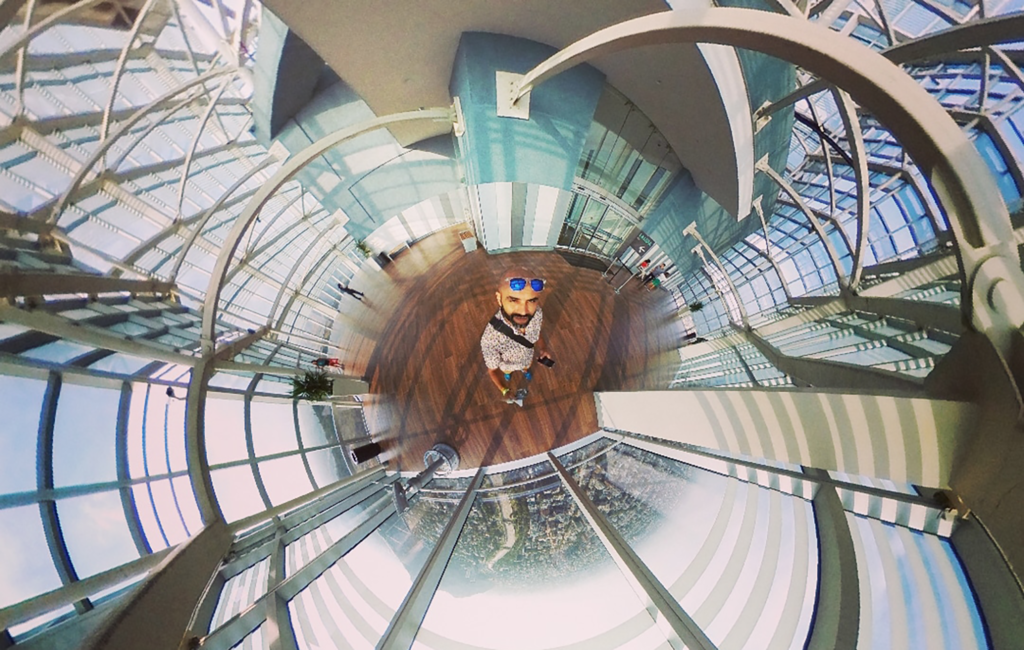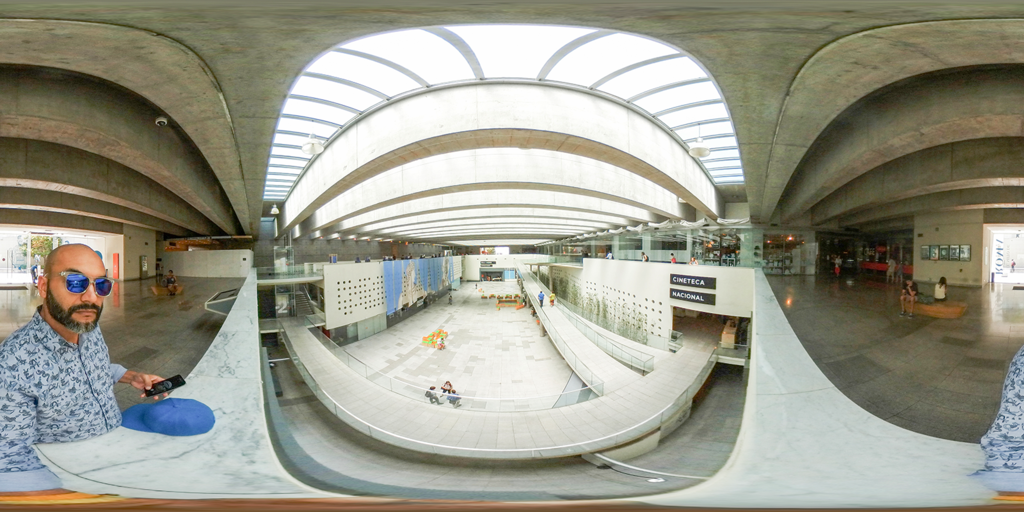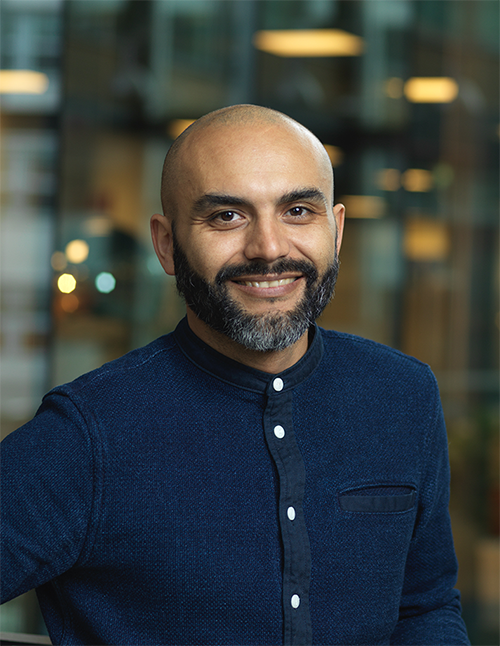Narrative VR Lab seeks an answer to how narratives can be created using VR
Using VR technology as a form of narrative is a relatively new area that is still in the experimental stage. But the form of narrative has enormous potential, and the Narrative VR Lab project, which is being conducted at Visual Arena, is testing ways to find new and innovative approaches to reach an audience. But how can we do this in the best possible way and what challenges does it pose with respect to our established way of working with a script and visual production?

Major challenges with a new narrative format
Transitioning from linear film to 360 and VR technology offers significant, new opportunities to create strong emotional experiences for an audience. The format provides unique opportunities to show events from a perspective where you are given a strong feeling of truly taking part – here and now.
But the new technology also poses major challenges. New working approaches and new expertise are needed at all levels, from script and production to post-production and distribution. And the practical work and development process entail a completely new way of thinking, which is an area that still lacks an established method of working.
360 is often used as a term for filming in 360 degrees, while VR includes production and depiction of both filmed reality and digital environments. 360 films still use a predetermined section of time that is relatively linear with one or more fixed camera positions. Digital environments offer an addition degree of freedom where consumers are given the opportunity to move more freely. How should creators think in these types of environments when they wish to develop a narrative, when there is no longer full control over the story?
“Scripts using a linear film format have had many years to develop. Telling a narrative in VR form makes completely different demands on script work, which means you have to think in completely new ways,” says Gorki Glaser-Müller, project manager of Narrative VR Lab.
On the photo: Gorki Glaser-Müller
“The new formats place the viewer at the center and the narrative is no longer only taking place in front of our eyes, but above, below and around us. The entire visual and sound spectrum is part of the experience and you can choose the angle you wish to see. The audience is no longer a passive viewer but may even become part of the story,” says Gorki.
The story is at the core of Narrative VR
Even if the technology naturally plays a major role in the narrative in 360 and VR, it is not always the most important element, but rather knowledge about narrative and dramaturgy are the key components. You must have something to tell, to reach out to the audience with a feeling, atmosphere or message, and have a vision of how this will be experienced by the audience regardless of viewing angle.
“A narrative includes certain craft components, for example, characters, relationships between characters, story conflicts, locations and situations. We want the projects we work with to contain at least some of these ingredients,” continues Gorki.
“You do not need to be a programmer yourself, but it may be an advantage to have knowledge about game engines and VR technology. And then, just as with other film production, you need to build your team, with the specialist skills available in the field. So far, there is limited knowledge and few players in the area, but knowledge is increasing constantly and can be found in film production and in the gaming or visualization industry, depending on the desired result.
Important to create the right work process
Narrative VR Lab has chosen two productions for development by obtaining the necessary support to create a pilot that can then be taken further for final financing. The Trojanen and Medusa projects are scheduled to be finished in May and will then be shown at Visual Arena. More information is available here about selected productions from the project.
"Both productions are based on strong ideas, but the main difficulty for them is to find the right work flow and to discover at an early stage the main obstacles to achieving their vision. We are acting as a supervisor and coach to help them develop their script and work process and to help them find the best people for each task when they are building their production team,” says Gorki.
In addition to support in the work process and in idea creation, participants also receive access to equipment at Gothenburg Studios and an opportunity to sit and work at Visual Arena in Lindholmen Science Park. Financial support is also provided to fund part of the pilot, so it can later be moved into final production.
A multifaceted background
Gorki, who is project manager of Narrative VR Lab, has a solid and broad background in the field. He has worked writing scripts and directing for several different platforms, from film and radio theater to audiovisual art.
“In recent years, I have focused on the narrative VR field and curated the VR section at Västsvenska Filmdagarna. I have also taught audiovisual production, including at Beckman’s College of Design, and have extensive experience of leading creative processes – one of my main areas of interest. I understand that this is a major advantage in this assignment.”
Visual Arena a strategic location to realize projects
“I still have something of an outsider’s perspective and see Lindholmen Science Park and Visual Arena as a strategic location between creators and technologists. The location provides access to the right conditions and skills, and offers technological solutions to realize the visions. It is a fantastic opportunity.”
The project will run until April 2018 and on completion the pilots will be presented at Visual Arena in May.
Narrative VR Lab is a development project where we explore opportunities to use virtual reality and 360-degree film to narrate a story, with the aim of testing and identifying new and innovate ways to reach an audience. Narrative VR Lab is run as a joint venture between several players in the film and VR industries and means we choose two productions for further development and offer these projects the necessary support to create a pilot that can then be moved into final financing. Read more about the project here




